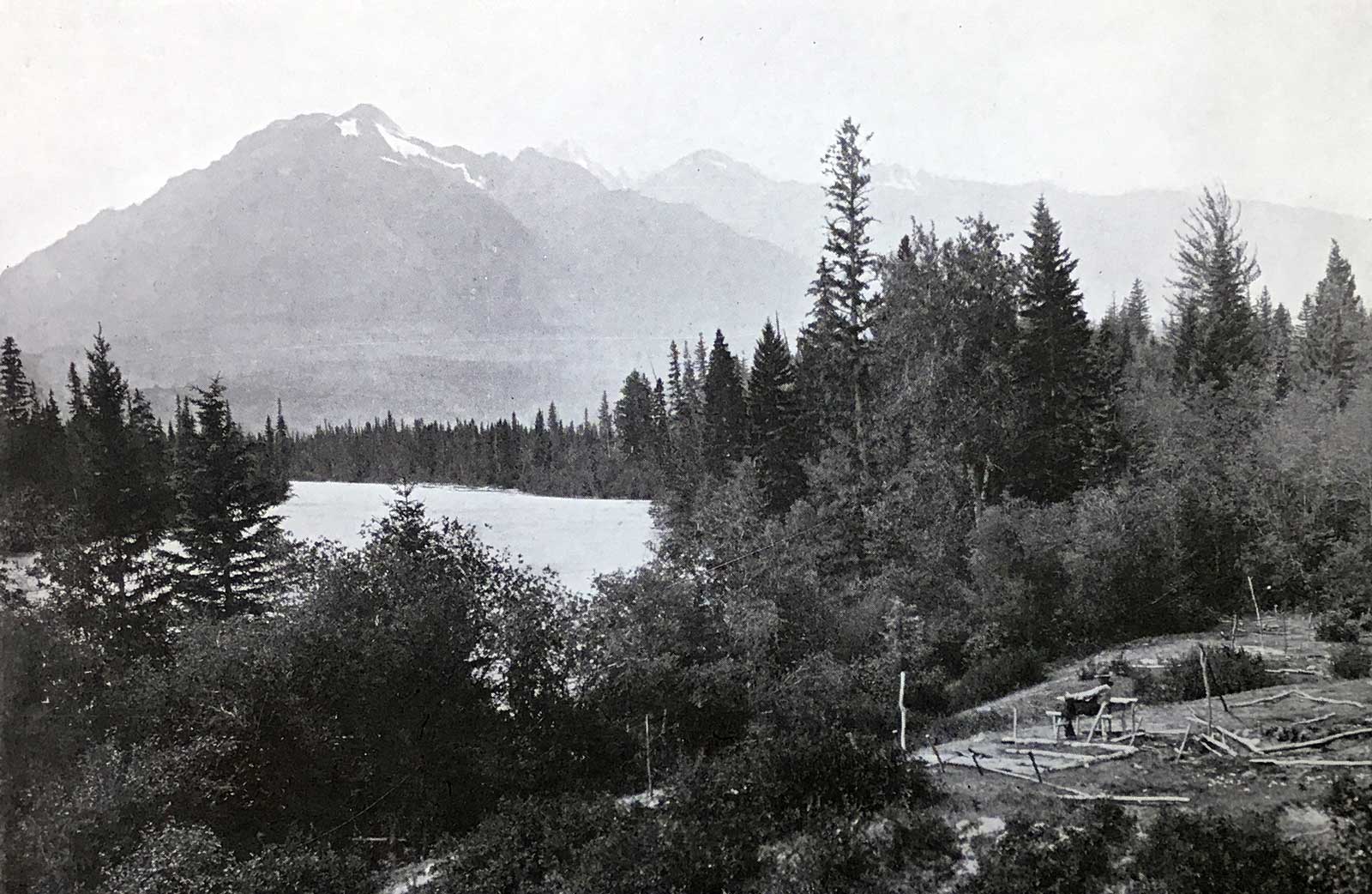S of Geikie Creek
52.65 N 118.385 W — Map 083D09 — Google — GeoHack
Name officially adopted in 1951
Official in BC – Canada
The minotaur was a monster of Greek mythology, having the body of a man and the head of a bull. The peak was named by alpinist Cyril G. Wates [1883–1946] in 1929, according to Putnam. I haven’t found any record of this in Wates’s articles in the Canadian Alpine Journal.
- Wates, Cyril G. [1883–1946]. “Mount Geikie.” Canadian Alpine Journal, Vol. 13 (1923):47-53
- Wates, Cyril G. [1883–1946]. “The Geikie Valley in 1923.” Canadian Alpine Journal, Vol. 14 (1924):51-59
- Wates, Cyril G. [1883–1946], and Gibson, E. Rex [1892–1957]. “The Ramparts in 1927.” Canadian Alpine Journal, Vol. 16 (1927):85-95
- Wates, Cyril G. [1883–1946]. “The Eremite and beyond.” Canadian Alpine Journal, Vol. 22 (1933):64-70
- Wates, Cyril G. [1883–1946]. “Following the footsteps of the fur traders.” Canadian Alpine Journal, Vol. 25 (1937):59-68
- Putnam, William Lowell [1924–2014]; Boles, Glendon Webber [1934–2022]; Laurilla, Roger W. [1959–]. Placenames of the Canadian Alps. Revelstoke, B.C.: Footprint, 1990
- Boles, Glendon Webber [1934–2022]; Laurilla, Roger W. [1959–]; Putnam, William Lowell [1924–2014]. Canadian Mountain Place Names : the Rockies and Columbia Mountains. Calgary: Rocky Mountain Books, 2006. Internet Archive

